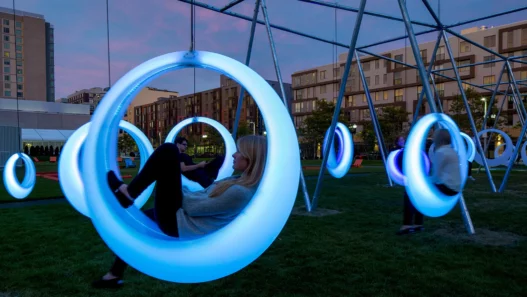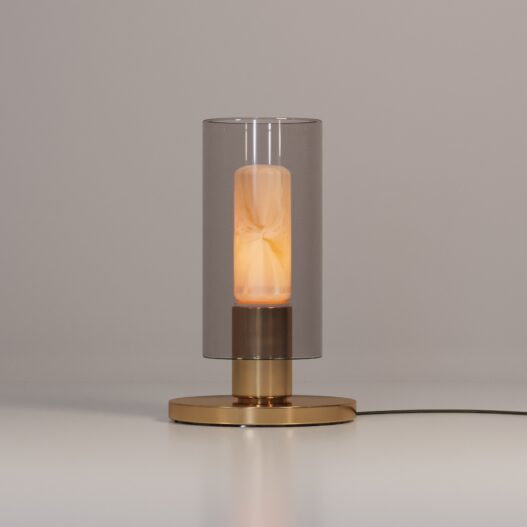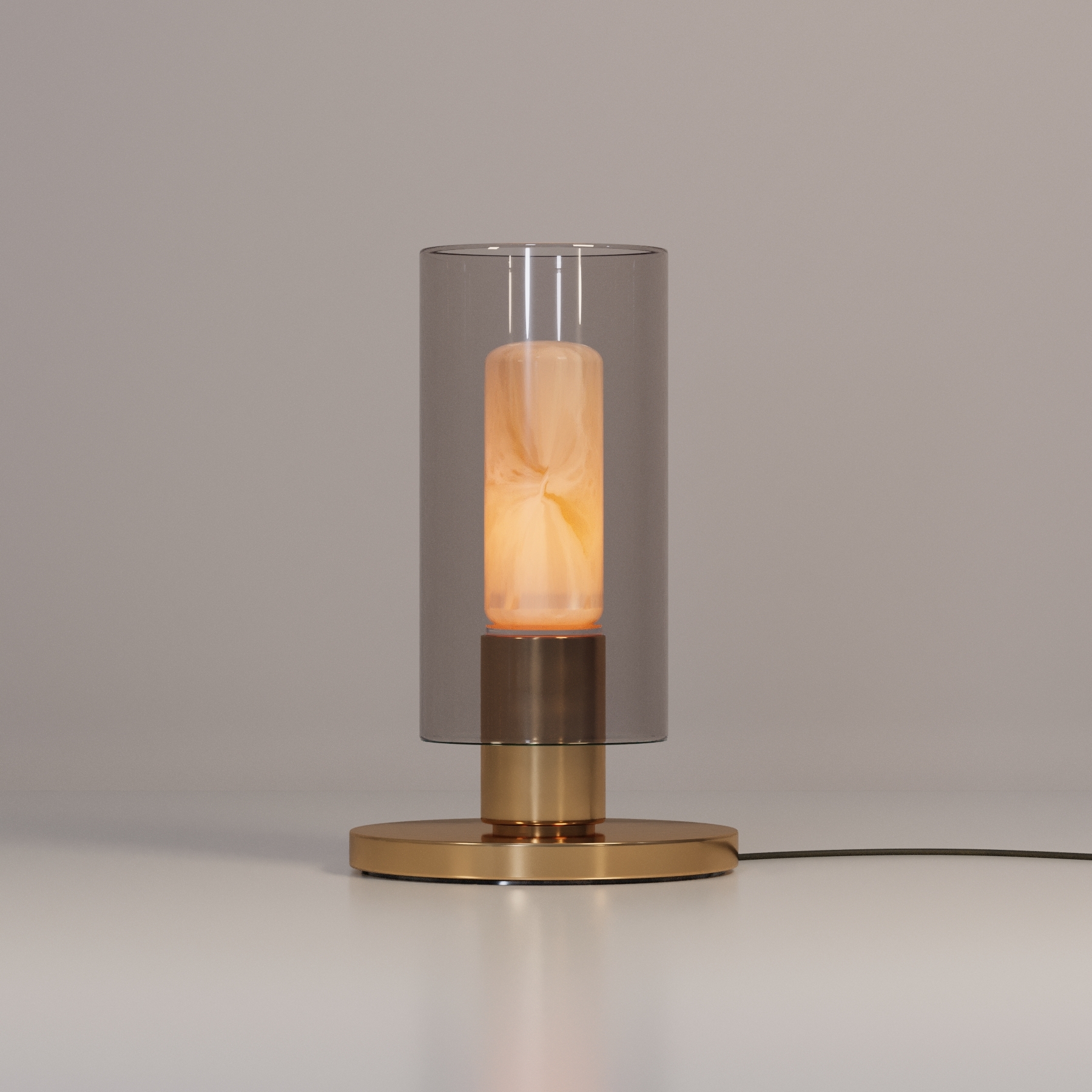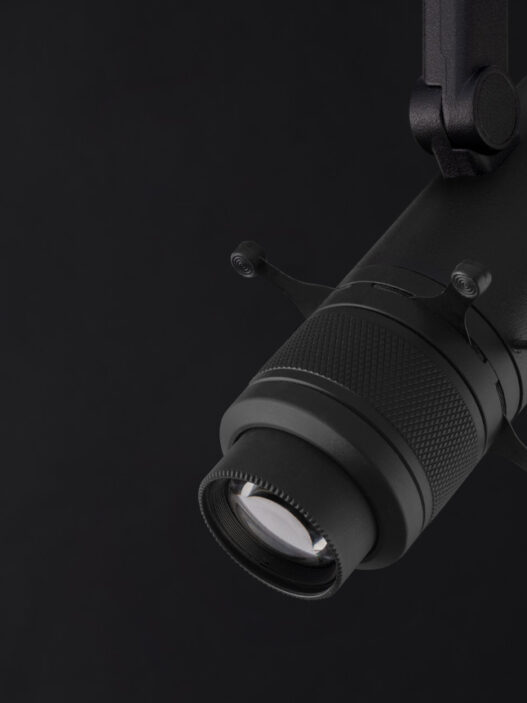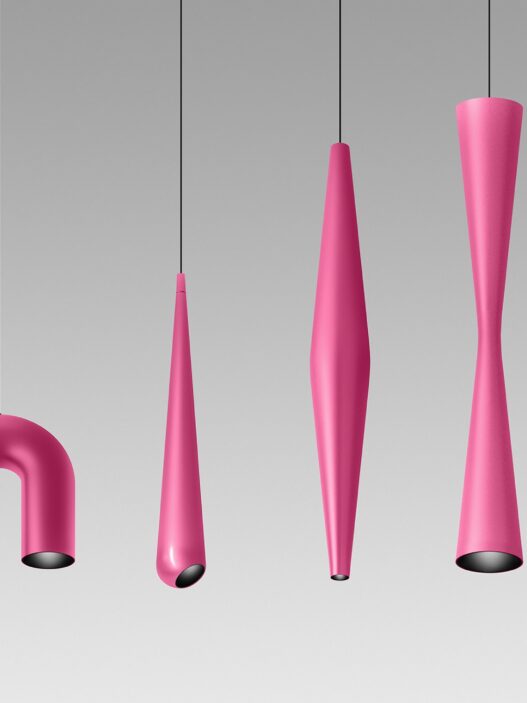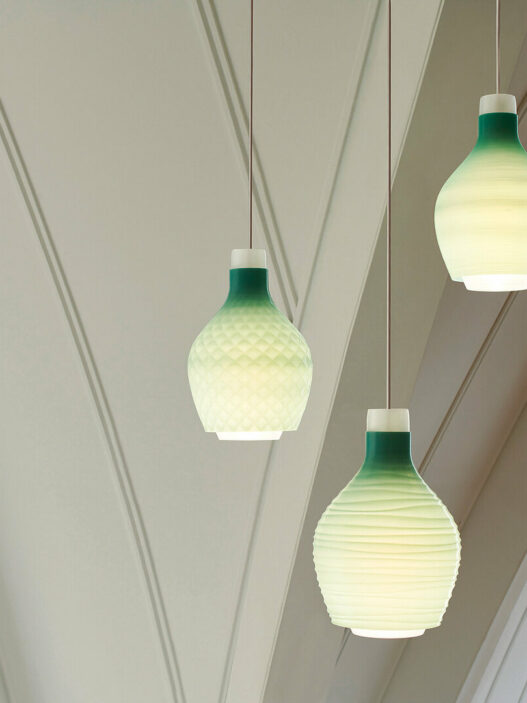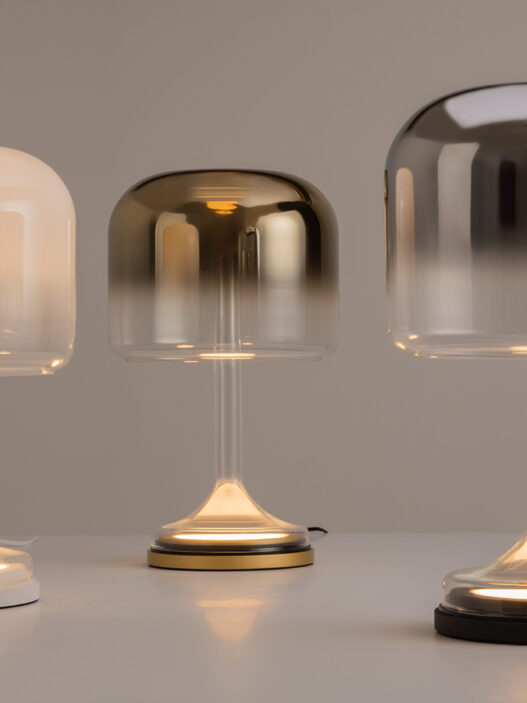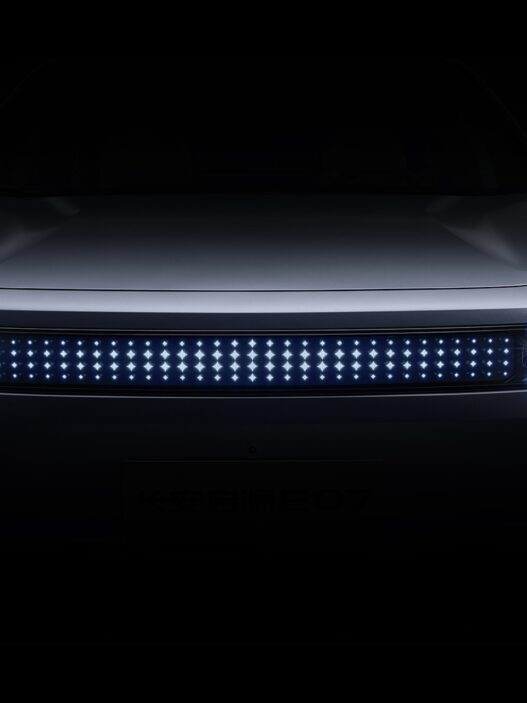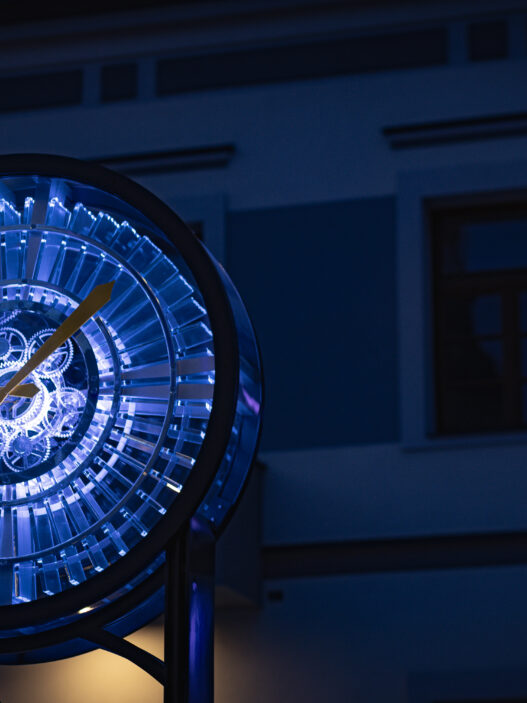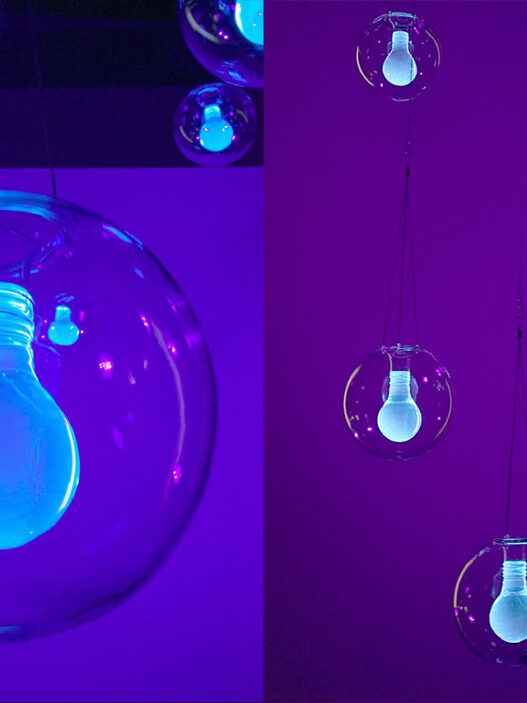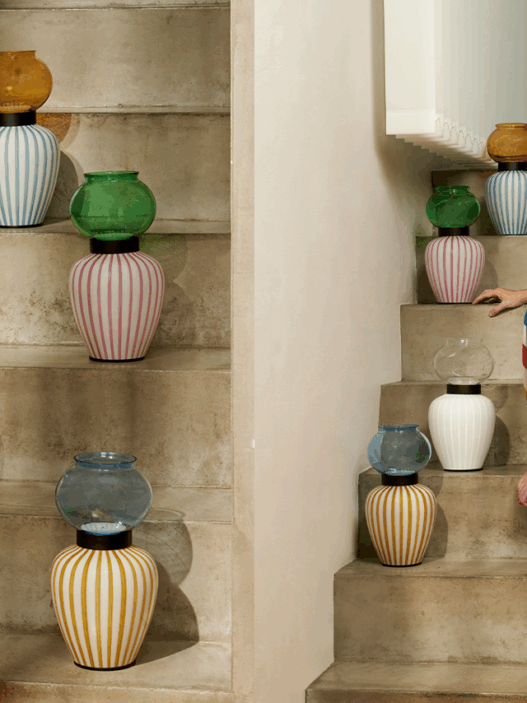Cool Alabaster, Radiating Warmth
Aurum Light operates on a surface of refinement, yet beneath its polished brass and translucent layers lies a question of intent that deserves careful inspection. At first glance, the object communicates clarity of purpose through a minimalist vocabulary, a cylindrical alabaster core nested within glass, anchored by metallic accents. This is not decorative minimalism; it is a calculated arrangement of visual weights, transparencies, and temperature. The light source, partially diffused through a semi-opaque mineral body, creates a textured glow that is not spatially assertive but atmospherically suggestive. The luminaire seems to know its place: not to dominate a room but to activate its tone. This is where its aesthetic success begins, in restraint, not reduction.
Functionally, however, this restraint walks a fine line. Aurum Light performs best as a secondary source ambient, ambient-adjacent, or atmospheric. Its core emits a soft radiance that lacks the directionality or lumen output required for tasks or visual clarity in larger spaces. The cylindrical housing enhances the verticality of the light beam but limits its reach horizontally. In practical terms, this makes the design ideal for controlled settings: reading corners, dining arrangements, or boutique hospitality environments where ambient contrast is desired. However, its performance is too contained to stand alone as a room’s primary source of illumination. If the goal is emotional warmth over visual clarity, it fulfills its brief; but if illumination is measured in utility, its limits become evident.
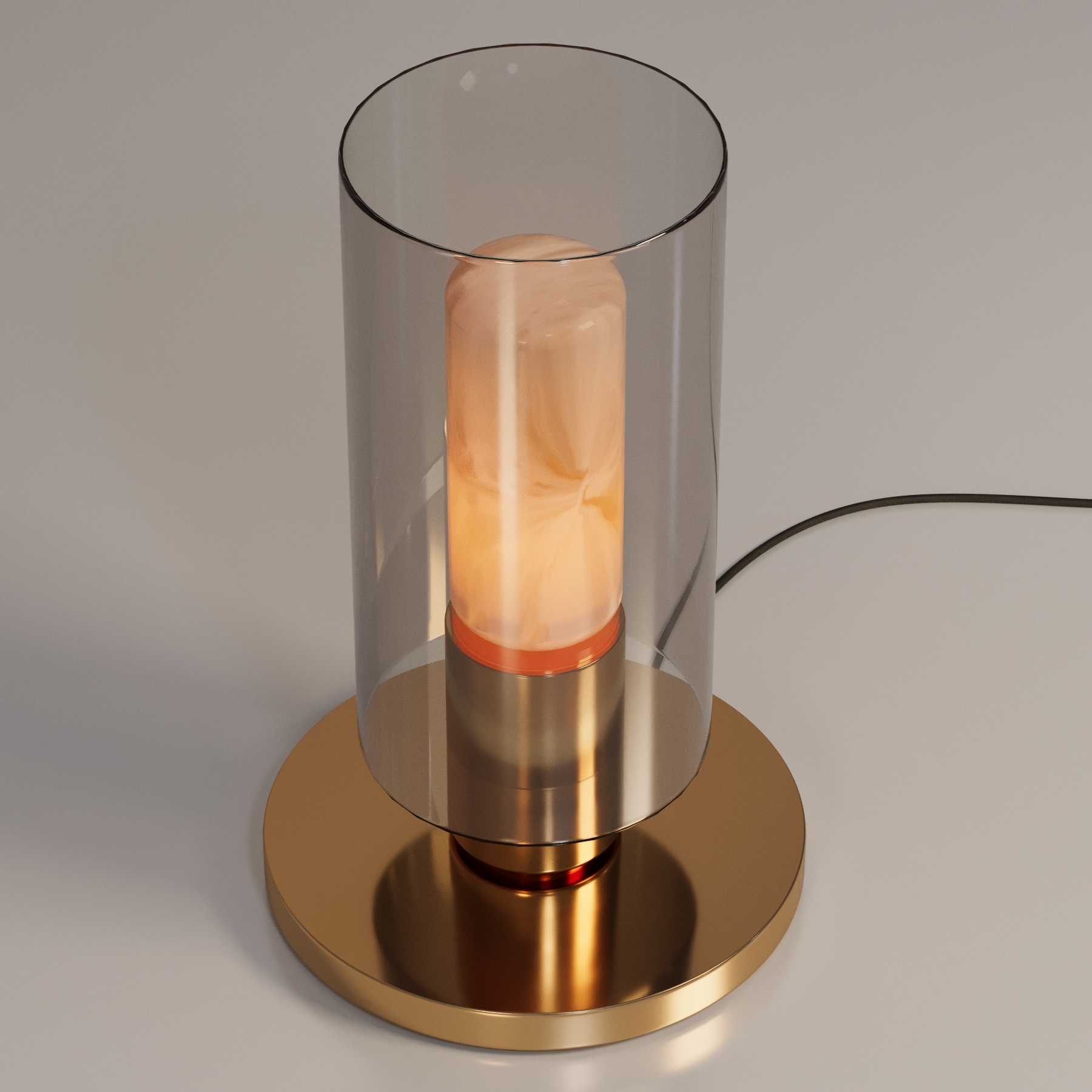
Mechanically, the design leans toward the monolithic. While visually seamless, the construction implies a certain inflexibility: no visible articulation, no modularity. no customization. The junction between the light element and its base or suspension point appears sealed, making long-term maintenance or part replacement ambiguous. The alabaster core, likely natural or synthetic, introduces questions of durability, especially under extended thermal cycles. There’s also a noticeable absence of heat dissipation strategy, which may affect lifespan in the long term. These aren’t immediate flaws, but they signal a prioritization of visual clarity over engineering foresight. For a luminaire that aspires to timelessness, technical resilience must be more than assumed.
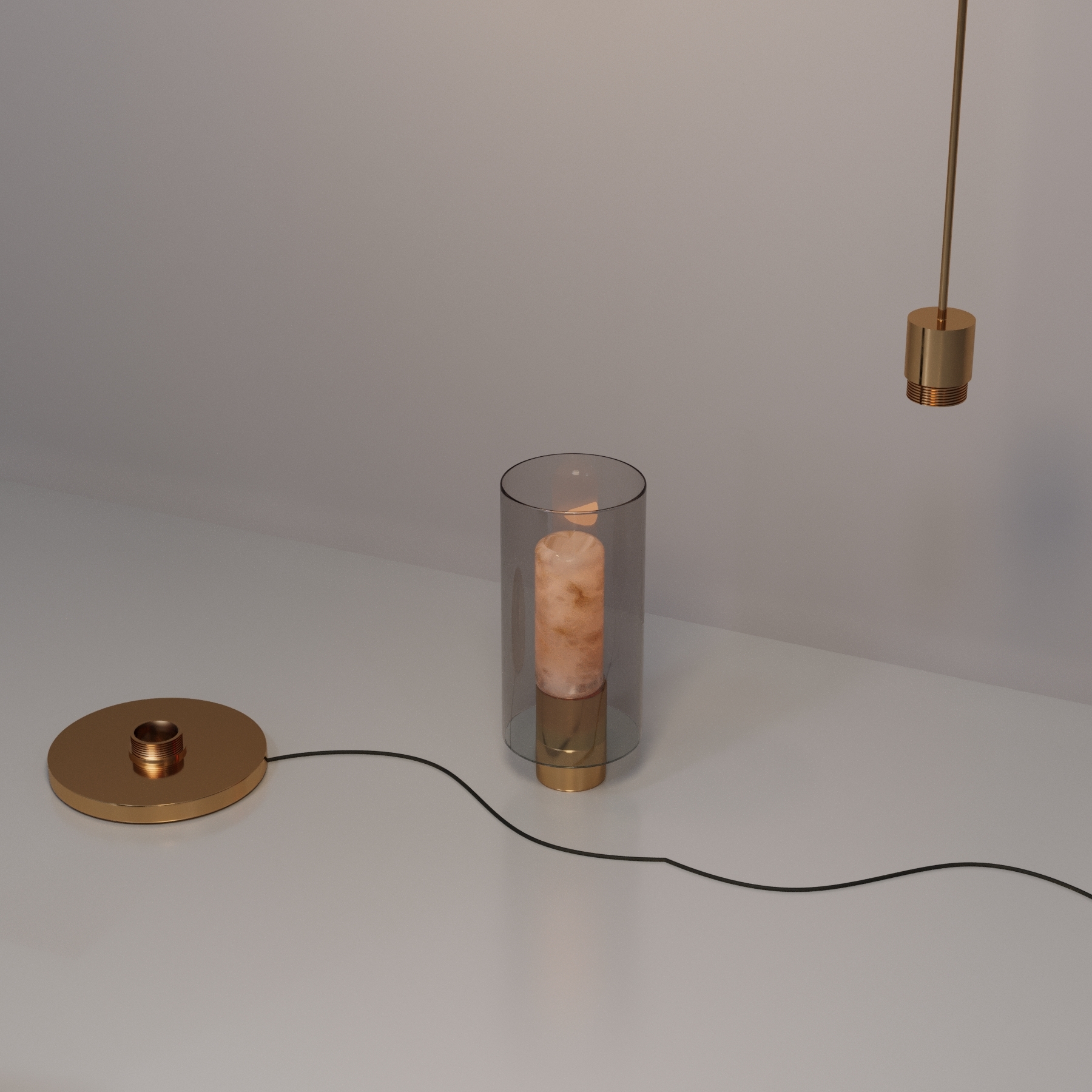
What Aurum Light does achieve, however, is a sense of material dialogue that’s hard to fabricate. The interrelation between the polished brass, the cold glass, and the warm translucency of the core results in a composition that feels curated, not just assembled. It’s a light meant for environments where design is read slowly: gallery-like residences, curated commercial spaces, or interiors that value sensorial gradients over functional abundance. Its design doesn’t innovate through form or mechanics but through atmosphere and texture. In that sense, its value isn’t in what it solves, but in how it situates itself within space. It is not a breakthrough product, nor does it pretend to be. What it does offer is a distinct tonal presence, with enough clarity to justify its place and enough silence to leave room for everything else.
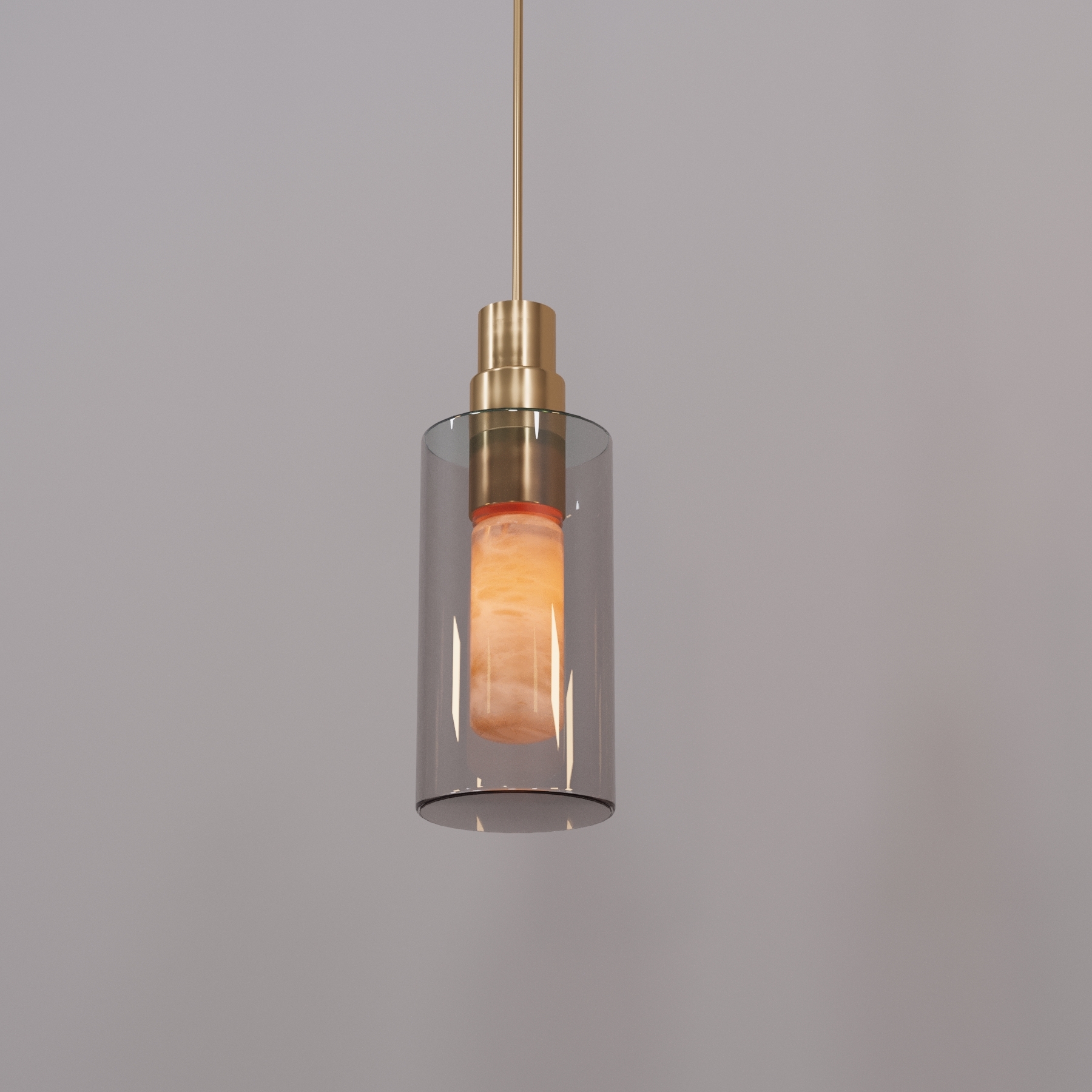
Designer : Seyedali Miri
Prize: DNA Paris, A’Design Award






